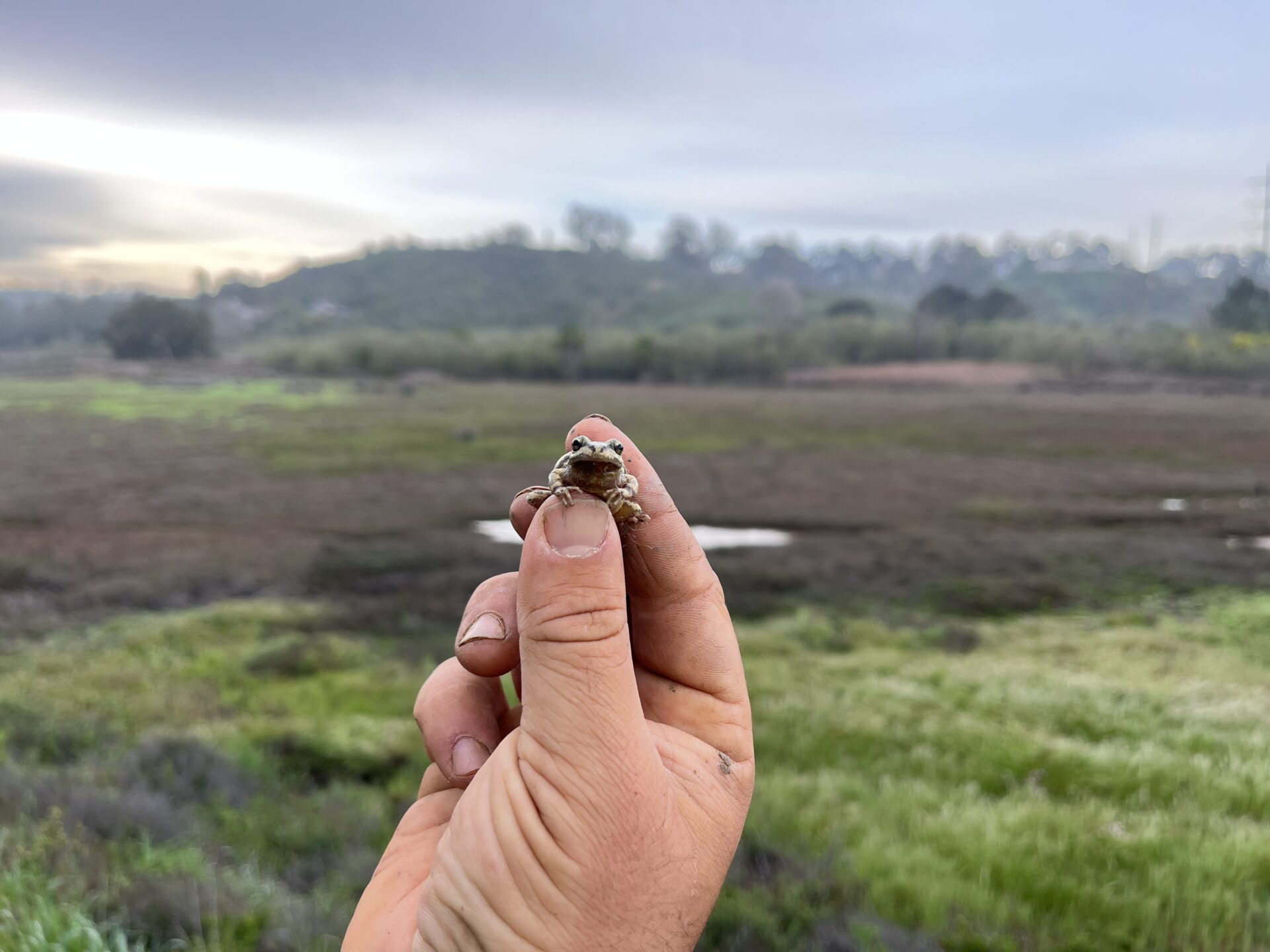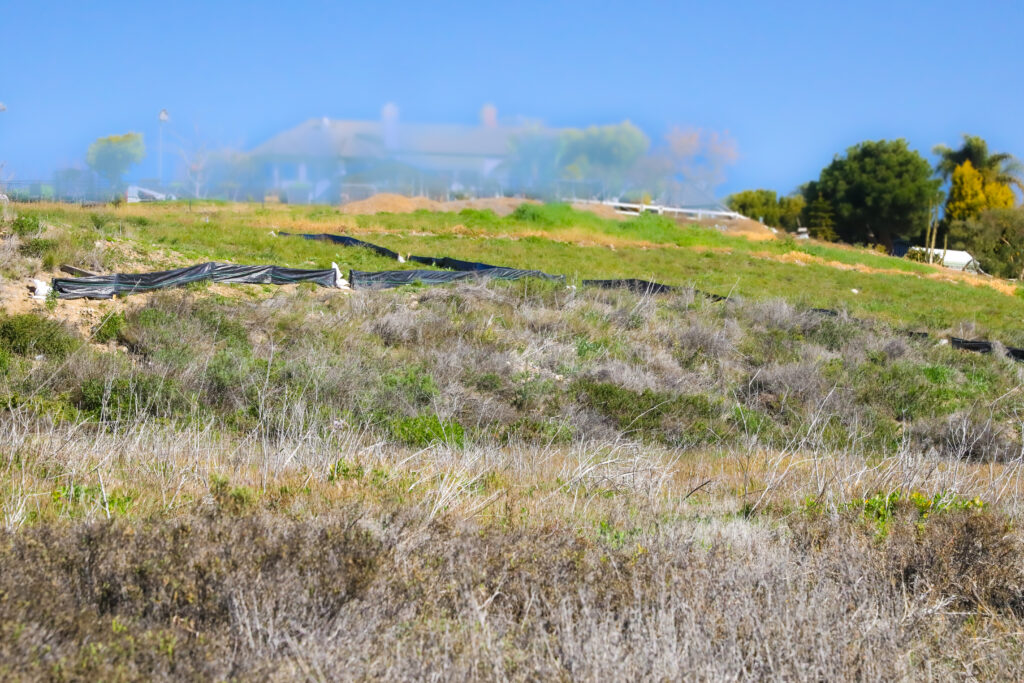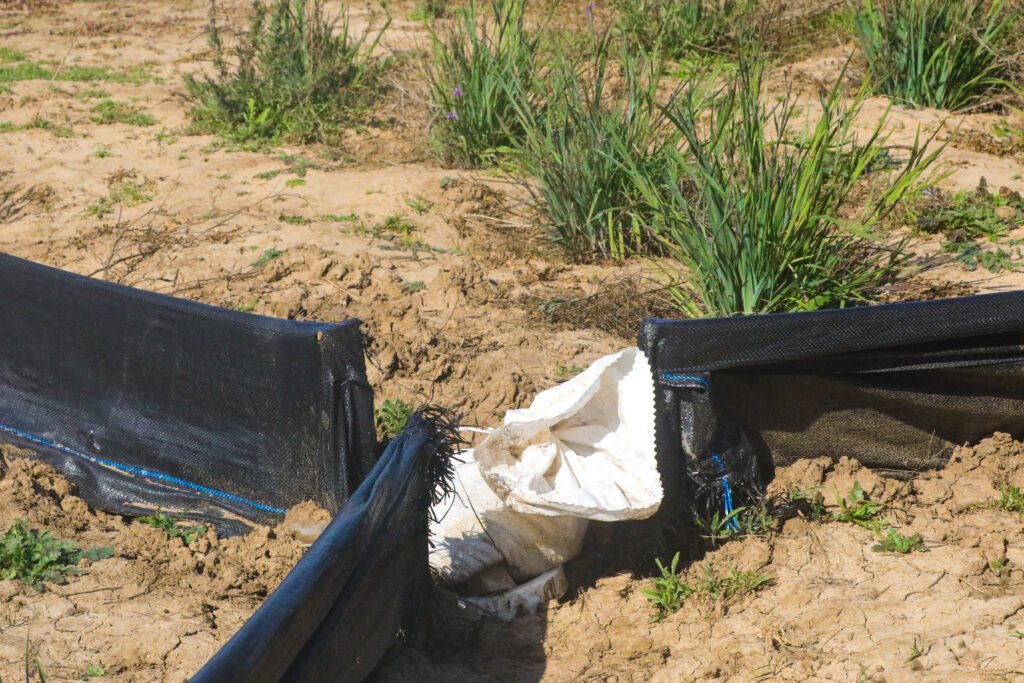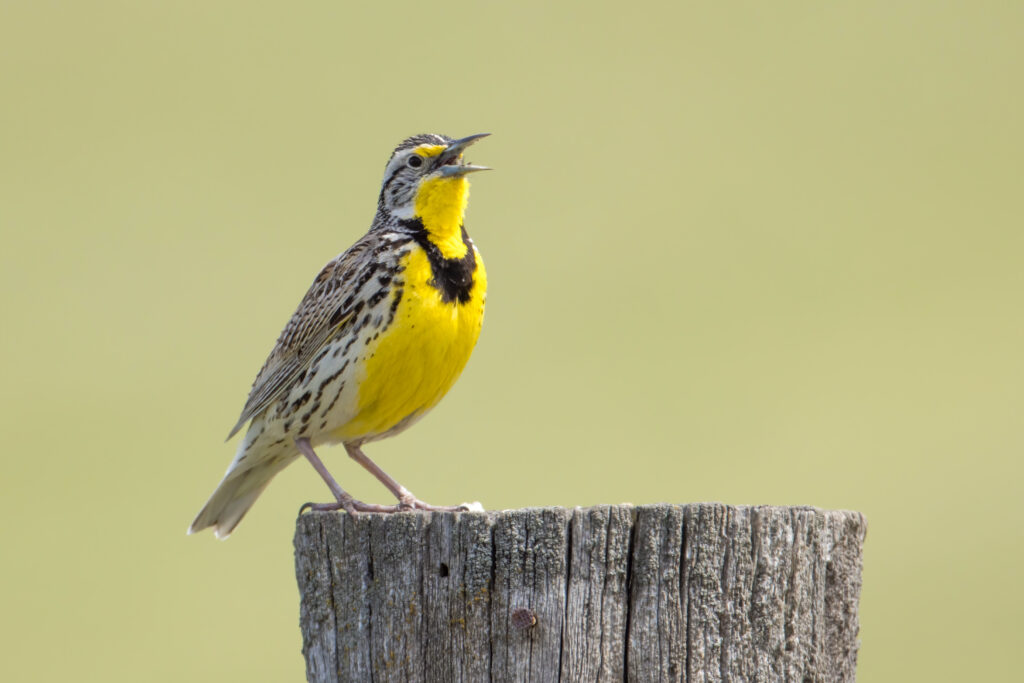San Elijo Lagoon Inlet Facing Possible Closure
Follow ( 0 Followers ) X Follow E-mail : * Follow Unfollow

Reptiles and amphibians, also known as herpetofauna, are vital components of our ecosystems. These animals are predators and prey in nature, acting as an essential link in food webs and species interactions. However, most herpetofauna species (“herps”) can be inconspicuous, making it challenging to survey them. Therefore, scientists have developed time and cost-effective survey techniques called “herp” arrays to collect and identify herps and gather information about the species living in a habitat.

Above: Herp array at Stonebridge Mesa, San Elijo Lagoon.
Nature Collective utilizes the herp array technique in our restoration site studies. For example, our wildlife biologists recently set up four herp arrays across the Stonebridge Mesa area of San Elijo Lagoon to assess herpetofauna species diversity and abundance and learn more about how different species respond to our habitat restoration efforts.
Above: Map of Stonebridge Mesa, San Elijo Lagoon herp array locations.
Nature Collective is conducting a three-year survey of the presence or absence of herps and other critters in a habitat type and their response to our habitat restoration.
We installed arrays in various habitat types, including coastal sage scrub, non-native grasslands, and restored native grasslands, to observe differences in the amphibian and reptile communities across these habitats.
We design the herp arrays based on successful study designs from previous scientific investigations, using three 15-meter drift fence arms. We design the drift fence to sit at ground level; when the reptile or amphibian encounters the fence, they walk, slither, or hop along the fence until they reach a container. The container is level with the ground and acts as a safe, temporary holding for the creatures.

Above: Closed container and 120-degree angled drift fence arranged in a Y-shape.
We open the containers and collect data on the reptiles and amphibians for over one week every month. The containers act as a safe overnight location for the amphibian or reptiles entering the container; we place an upside-down lid over the container to create a tiny gap so larger predators can’t enter the container. Then, we return the following morning to gather data on the container contents, including species identification, sex, age, weight, and length, before safely releasing the animals back into their habitat.
Some herps that have visited include the Baja California Treefrog, the Western Skink, and the Southern Alligator Lizard.

Above: Baja California Treefrog. The name “treefrog” is not entirely accurate. This frog is chiefly a ground-dweller, living among shrubs and grass typically near water.

Above: Western Skink (Plestiodon skiltonianus). Skinks sometimes move around in leaf litter during daylight, but usually they are secretive and hide under objects.

Above: Southern Alligator Lizard (Elgaria multicarinata). Alligator lizards do not typically bask in the sun out in the open like many other lizards, they prefer sunny spots with nearby cover.
In August 2022, we installed arrays in an indigenous grassland habitat we restored in January 2021. The area was previously covered in non-native invasive vegetation, providing low-quality habitat for the animal species that live in the San Elijo Lagoon Ecological Reserve.
Nature Collective removed the non-native vegetation, and with the help of hundreds of volunteers, we planted indigenous grassland species, including Blue-eyed grass (Sisyrinchium bellum) and Dot-seed plantain (Plantago erecta). It now provides rich habitats for species, including native pollinators such as bees, butterflies, like the endangered Quino Checkerspot (Euphydryas editha quino), and birds, such as Western Meadowlark (Sturnella neglecta).

Above: Western Meadowlark
We also installed a herp array in a disturbed habitat yet to be restored. This area is a combination of mixed non-native species and native grassland species. Interestingly, we are recording a different variety of herpetofauna species at this site compared to our other restored sites.
During the rainy season, Stonebridge Mesa Trail is accessible, but only if you are willing to get your feet muddy and wet. If you choose to take on the challenge, please remember to stay on the trail and not disturb the delicate plants that thrive in the area by stepping on them or compacting the soil.
*Our biologists have permits and are trained to handle species to collect scientific data.
Follow ( 0 Followers ) X Follow E-mail : * Follow Unfollow
Follow ( 0 Followers ) X Follow E-mail : * Follow Unfollow